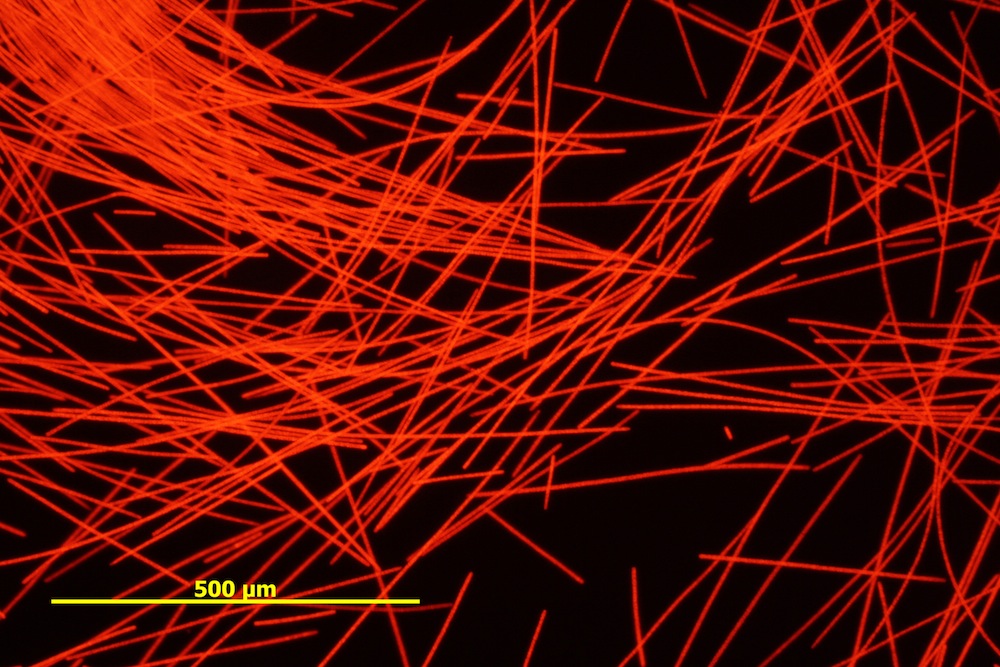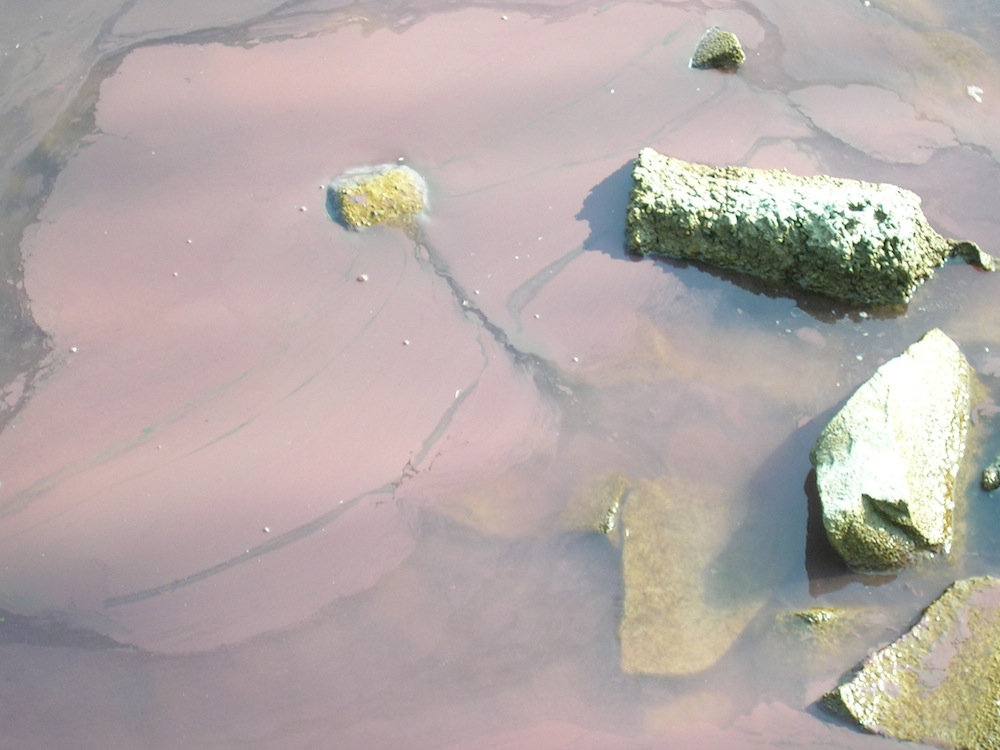Toxic Algae Thrive in Warming European Lakes

Harmful blood-red algae are increasingly thriving in European lakes as the Earth warms, a new study finds.
Research on Lake Zurich in Switzerland reveals that Burgundy blood algae, a toxic cyanobacteria species, has become more dense in the last 40 years as warm winters prevent seasonal die-off.
"The problem today is that mankind is changing two sensitive lake properties at the same time, namely the nutrient ratios and, with global warming, water temperature," study researcher Thomas Posch of the University of Zurich said in a statement.
Waterways in Europe such as Lake Zurich have been polluted by sewage, which provides nutrients that help photosynthetic bacteria, or cyanobacteria, such as Burgundy blood algae (Planktothrix rubescens) thrive. These algae create toxins to protect themselves from being eaten by crabs, but they also pollute the drinking supply for humans. Algae blooms also suck up the oxygen in a lake, which can suffocate fish.
Posch and his colleagues evaluated historical data on Lake Zurich going back 40 years. Though Burgundy blood algae first appeared in the lake in 1899, their blooms have become more dense in the last four decades, the researchers reported online July 8 in the journal Nature Climate Change.

The reason for this change is twofold. First, runoff from human activities has increased the amount of oxygen and phosphorus, two key algae nutrients, in lakes. Though phosphorus runoff has dropped in recent years, nitrogen pollution is still rampant, and the ratio between the two compounds is conducive to sudden massive algae blooms.
Meanwhile, global warming means that winters are less cold. Normally, lake temperatures drop through the winter and into spring, when strong winds trigger what's called a lake "turnover" — the surface water swaps places with the deep water in the lake. This turnover drags cyanobacteria down into the deep, where high water pressure kills them. It also transports oxygen deeper into the lake. [10 Climate Myths Busted]
Sign up for the Live Science daily newsletter now
Get the world’s most fascinating discoveries delivered straight to your inbox.
Today, however, Lake Zurich and similar bodies of water don't cool as much, inhibiting the turnover effect. That means that toxic Burgundy blood algae survives and grows.
The best cure, the researchers said, would be more cold winters like that of 2011 to 2012, which thinned the ranks of dangerous algae. Nevertheless, climate change is making it tougher to keep the lakes clean and drinkable, Posch said.
"Unfortunately, we are currently experiencing a paradox," he said. "Even though we thought we had partly solved the nutrient problem, in some lakes, global warming works against the clean-up measures."
Follow Stephanie Pappas on Twitter @sipappas or LiveScience @livescience. We're also on Facebook & Google+.

Stephanie Pappas is a contributing writer for Live Science, covering topics ranging from geoscience to archaeology to the human brain and behavior. She was previously a senior writer for Live Science but is now a freelancer based in Denver, Colorado, and regularly contributes to Scientific American and The Monitor, the monthly magazine of the American Psychological Association. Stephanie received a bachelor's degree in psychology from the University of South Carolina and a graduate certificate in science communication from the University of California, Santa Cruz.









